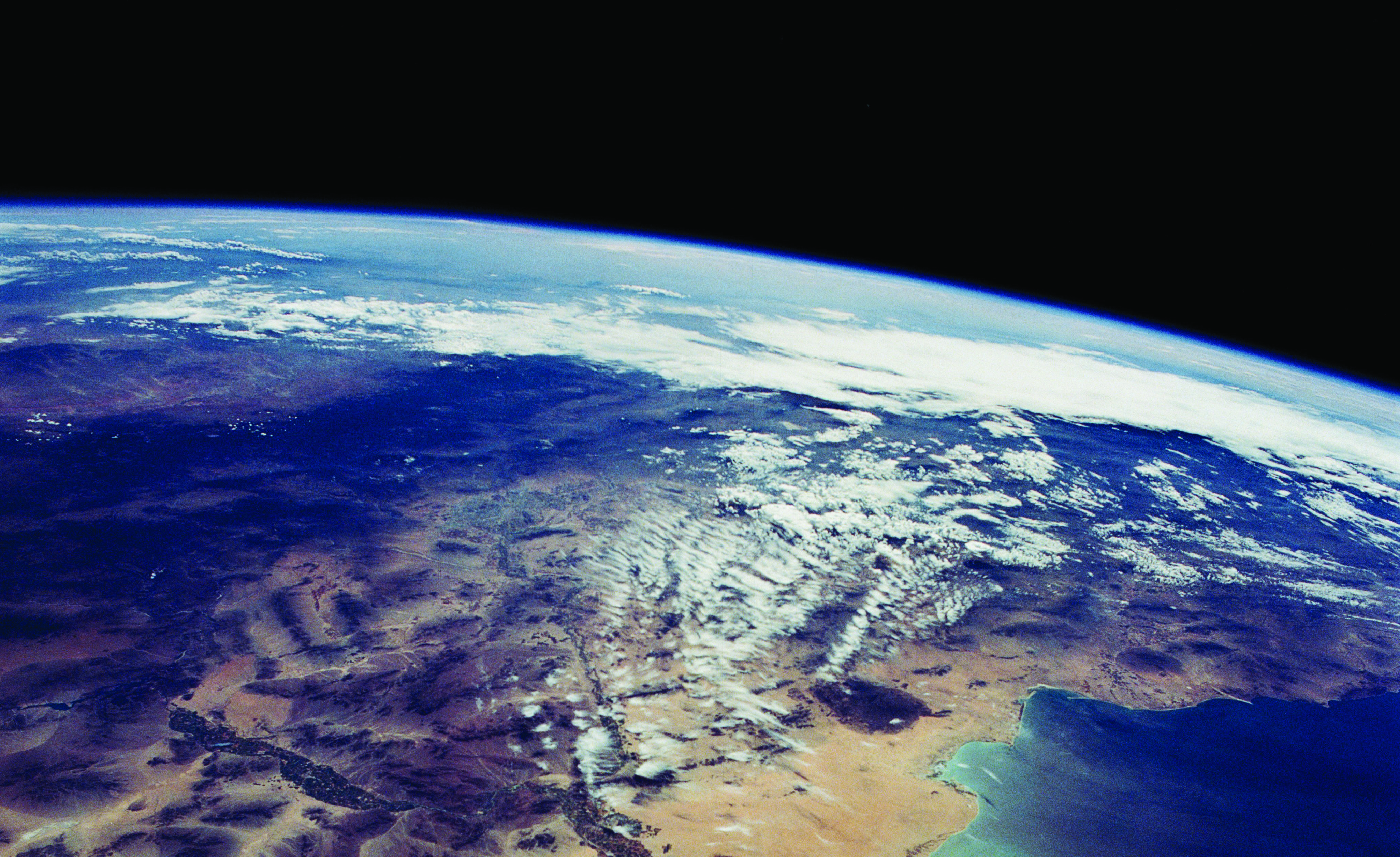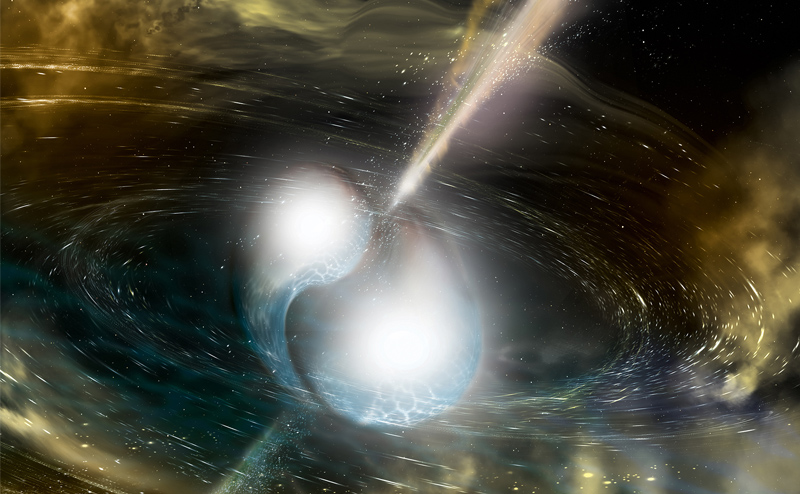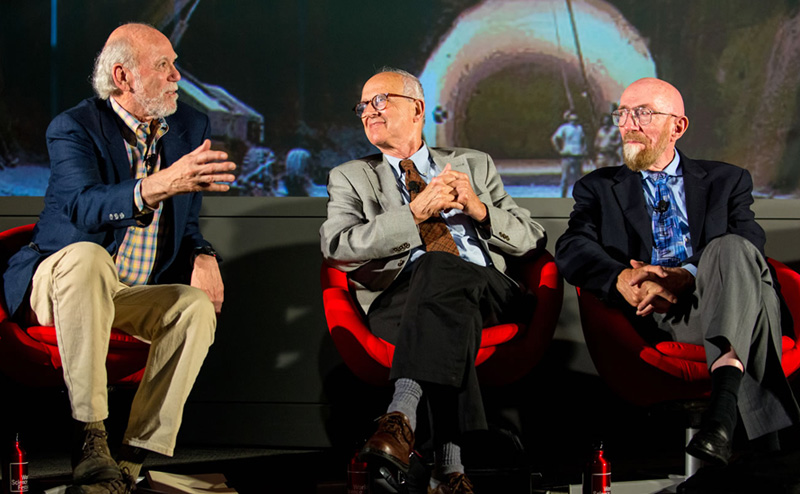Articles
Cambridge University physicist and bestselling author, Stephen Hawking, will be remembered not for what he couldn’t do, but for what he could. Despite battling Lou Gehrig’s Disease for the majority of his adult life, Hawking’s mind freely soared up and out of his wheelchair into the mysteries of the cosmos. Applying quantum theory to black holes, he forever changed our understanding of space and time and laid the groundwork for the long-sought unified theory of nature’s forces. His landmark 1988 book, A Brief History of Time: From the Big Bang to Black Holes, has sold over ten million copies and catapulted him onto the world’s stage. The World Science Festival was proud to honor Stephen Hawking in 2010 at our annual gala, as well as host his wonderful daughter Lucy, seen here at the 2009 Festival, relating a personal story of her father’s discovery and how it intersected with her own childhood. We send her and the entire Hawking family strength and courage during this difficult time of mourning. We will miss you, Stephen. As will the universe. Video Clip: My Father, Stephen Hawking Video: A Tribute to Stephen Hawking Video: Brian Greene Remembers Stephen Hawking
Read MoreAs we say goodbye to 2017, here’s a look back at some of the things that happened on our planet this year.
Read MoreFor the first time, astronomers have observed a cosmic event using both gravitational waves and optical light, a major step forward in the new era of gravitational wave astronomy. Signals from the Laser Interferometer Gravitational Wave Observatory (LIGO) in the United States and the Advanced Virgo Interferometer in Italy pinpointed the location of two merging neutron stars in a galaxy 130 million light-years away. Astronomers then used some 70 ground- and space-based telescopes across all seven continents to study the collision in X-ray, ultraviolet, optical, infrared, and radio waves.
Read MoreCongratulations to Dr. Rainer Weiss, Dr. Kip Thorne, and Dr. Barry Barish for winning the 2017 Nobel Prize in Physics! The prize is awarded for their pioneering work that led to the detection of gravitational waves, ripples in the fabric of spacetime that were first predicted by Albert Einstein in his general theory of relativity in 1915. Drs. Weiss and Thorne co-founded the Laser Interferometer Gravitational Wave Observatory, or LIGO, two detectors in the United States run by a global collaboration of more than 1,000 scientists, which Dr. Barish directed for eight years. In September 2015, the detectors picked up a signal from a passing gravitational wave that had been hurtling through space for 1.3 billion years, the result of two black holes colliding in the distant universe. This groundbreaking accomplishment not only proved that the gravitational waves of Einstein’s conception are real, but that they can be used to study the universe, opening up a new window to the physics of the deep past. We extend our congratulations to all of the members of the LIGO Scientific Collaboration, with special acknowledgment to its former spokesperson Gabriela González. To Learn More About Gravitational Waves, Check Out The Following WSF Videos: …
Read MoreIn all of history, human beings have set foot on only two worlds: our home planet Earth, and its solitary moon. But we’ve explored far beyond our Earthly bounds with the help of orbiters, landers, and probes that sail through the solar system and report back what they find. Since NASA’s Mariner 2 flew by Venus in 1962, every planet in the solar system has been visited by at least one spacecraft, in addition to missions studying asteroids, dwarf planets, the sun, and even the unknown world of interstellar space.
Read More














